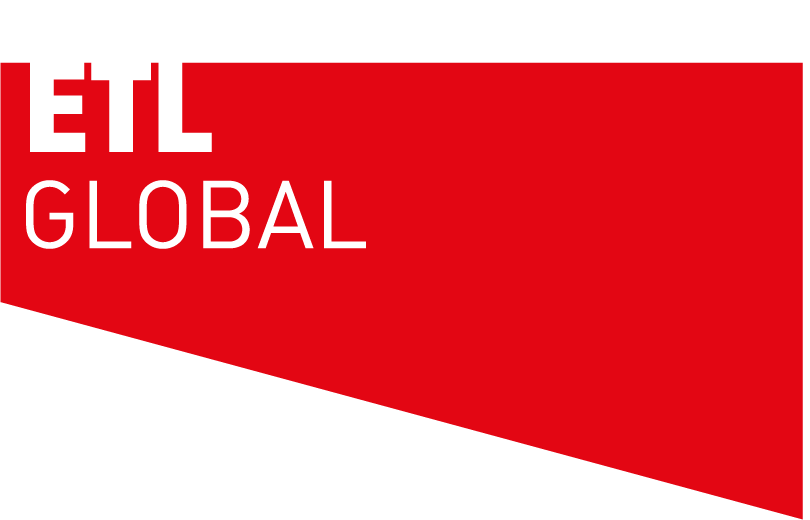UPDATE – 4th April
The government have provided further clarification and guidance for the Coronavirus Job Retention Scheme (CJRS). We have updated our guidance in line with these latest notifications. A few of the main points to note are:
- Employees can start a new job when on furlough (if allowed under the old employment contract).
- Furlough agreements need to be made in writing and kept for 5 years.
- Employees can be furloughed multiple times, subject to each furlough period being a minimum of 3 weeks.
- Although the claims process isn’t confirmed, payments will be made direct to organisations UK bank accounts.
- Company directors can be furloughed but can still perform their statutory duties but not other work for the company.
- Employers can reclaim 80% of compulsory (presumably contractual) commission from past sales back from HMRC, as well as basic salary. Applicable to car salesmen and estate agents.
- Salary sacrifice pension employee contributions will reduce the reference salary (100% salary)
Claim for your employees’ wages through the Coronavirus Job Retention Scheme
UPDATE – 1st April. Businesses wanting to reinstate workers to their payroll to receive the coronavirus job scheme grant may face complications if they delay beyond 6 April. Act fast to reinstate workers for the furlough grant
Support for businesses through the Coronavirus Job Retention Scheme
First announced by the Chancellor on 20 March 2020. Under the Coronavirus Job Retention Scheme, all UK employers with a PAYE scheme will be able to access support to continue paying part of their employees’ salary for those that would otherwise have been laid off during this crisis.
This applies to employees who have been asked to stop working, but who are being kept on the payroll, otherwise described as ‘furloughed workers’. HMRC will reimburse 80% of their wages, up to a cap of £2,500 per month, plus (not including) the associated employer NICs and minimum auto-enrolment pension contributions on that wage. Fees, commissions and bonuses are not included.
This is to safeguard workers from being made redundant.
The Coronavirus Job Retention Scheme will cover the cost of wages backdated to 1 March and is initially open for 3 months, but will be extended if necessary. HMRC will set out more details shortly.
What about public sector organisations?
The government expects that the scheme will not be used by many public sector organisations, as the majority of public sector employees are continuing to provide essential public services or contribute to the response to the coronavirus outbreak.
Where employers receive public funding for staff costs, and that funding is continuing, we expect
employers to use that money to continue to pay staff in the usual fashion – and correspondingly not furlough them. This also applies to non-public sector employers who receive public funding for staff costs.
Organisations who are receiving public funding specifically to provide services necessary to respond to COVID-19 are not expected to furlough staff.
In a small number of cases, for example where organisations are not primarily funded by the government and whose staff cannot be redeployed to assist with the coronavirus response, the scheme may be appropriate for some staff.
What is staff furloughing?
Staff furlough is a temporary leave of employees due to the needs of a company employer. In this case, because of the loss of business amidst the pandemic. It is a term used to avoid laying off or making staff redundant.
Furloughing staff is subject to contract law, it might be useful for you to contact our HR helpline who can advise you.
Who is eligible?
- The scheme is open to all UK employers that had a PAYE scheme in place on 28 February 2020. This has now been extended to the 19 March 2020
- Any organisation with employees can apply, including charities, recruitment agencies and public authorities; however, the government does not expect public sector employers to use it as long as the central government continues funding wage costs in the normal way. With agency employees, the scheme is only available for agency employees who are not working.
What to consider as an employer?
- An employer can choose to top up to 100%, but does not have to by law.
- Employees whose pay varies, the employer can claim for the higher of either of these to options:
- the same month’s earning from the previous year (eg earnings from March 2019)
- or average monthly earnings in the 2019-20 tax year
- Individuals are only entitled to the minimum wage for the hours they work. So if they are furloughed and do not work, and 80% of their normal earnings would take them below the minimum wage based on their normal working hours, they still only receive 80% as they are not working. However, they are entitled to be paid NMW for any time spent training.
- To be eligible, the employee must have been on the payroll on 28 February 2020. If they were hired later, they are not eligible. Anybody who was on the payroll on 28 Feb and has since been made redundant can be rehired and put on the scheme.
- Furlough leave must be taken in minimum blocks of three weeks to be eligible for funding.
- There is nothing in the guidance which prohibits rotating furlough leave amongst employees, provided each employee is off for a period of at least three weeks.
- The employee must not be working at all. If they work for even an hour, they are not eligible. However, they are able to undertake training and do volunteer work, provided they do not provide services to or make any money for their employer.
- Employees receiving sick pay or who are self-isolating cannot be furloughed, but can be furloughed afterwards. Employees on maternity (or similar) leave can continue to draw SMP (or similar) payments. The guidance does not prohibit women on maternity leave agreeing to return to work early and then being furloughed, or electing to change to shared parental leave and then being furloughed.
- Employers can only claim once every three weeks, i.e. they cannot get weekly reimbursement. Claims can be backdated to 1 March 2020.
Can Directors be furloughed?
If there is a director on payroll and they are ‘an executive director’ this means they are an employee, meaning they can claim furlough.
So for clarity, an executive director is an employee of the company. Therefore, executives are responsible for the management and administration of day-to-day business activities. Non-executive directors are not full-time employees of the company, rather they are appointed by the shareholders so we cannot claim furlough.
Non-executive directors are not normally on payroll.
How do I pay my employees?
- Furlough pay will go through payroll as like other wages you pay your employees.This will be calculated gross, up to £2500 per month, this is subject to tax & NI
- On the claim an employer makes, once the online system is up and running the employer can claim back employers NI (this is additional to the £2500)
- On the claim an employer makes, once the online system is up and running the employer can claim the minimum employers auto enrolment pensions scheme payments (this is additional to the £2500)
How to access the scheme
- You will need to furlough workers that are no longer in work due to the effects of Coronavirus. Employees must be given the choice to accept this.Changing the status of employees remains subject to existing employment law and, depending on the employment contract, may be subject to negotiation.
- Employees will remain on the payroll and you must continue to pay them.
- Submit information to HMRC about the employees that have been furloughed and their earnings through a new online portal (HMRC will set out further details on the information required). HMRC are advising the portal will be up and running by the end of April
- The government will issue further guidance on the mechanics of claiming the payment in due course
What are the options if staff don’t agree to being furloughed?
Options for employees if your business has been affected by Coronavirus?
- Furlough “layoff”
- Unpaid leave
- Redundancy
It is very important that as an employer you consider utilising the Coronavirus Job Retention Scheme before laying employees off or making redundancies.
How to make a claim?
HMRC are working urgently to set up a system for reimbursement. Existing systems are not set up to facilitate payments to employers.
If your business needs short term cash flow support, you may be eligible for a Coronavirus Business Interruption Loan.
The government will issue further guidance on the mechanics of claiming the payment in due course. On the HMRC website it says it expects the scheme will be up and running by the end of April.
Here’s a link to the full guidance: https://www.gov.uk/guidance/claim-for-wage-costs-through-the-coronavirus-job-retention-scheme
As a client you have access to our Legal, HR and Business advice. Call us on 01942 816 512 or email info@etl-uk.com for more information and advice.
COVID-19: Support For Businesses
The Chancellor has set out a package of temporary, timely and targeted measures to support public services, people and businesses through this period of disruption caused by COVID-19.The new measures are said to benefit over four million of our most vulnerable households. This includes a package of measures to support businesses.
Coronavirus Business Interruption Loan Scheme Applications Now Open For SMEs
Monday 23 March 2020 marks the launch of the Coronavirus Business Interruption Loan Scheme (CBILS) to support SMEs across the UK. Find out how CBILS can help you and how to apply.



